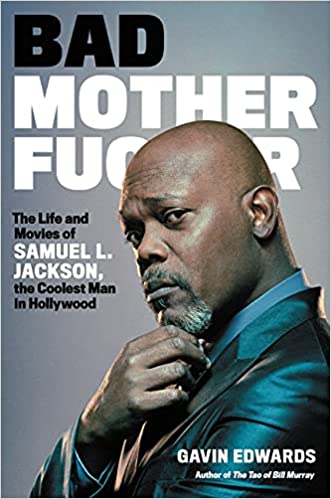Why does Bez get a credit on Happy Monday recordings?
That question has a surprising answer, but a few words of explanation may be in order first for those who don’t remember the Happy Mondays (i.e., most Americans). They were a dance/rock band, huge in England circa 1990 with singles like “Step On” and “Kinky Afro,” and famed for their offstage destruction and prodigious consumption of drugs. Their anthem “24 Hour Party People” was used as the title of an amazing 2002 movie about the Manchester rock scene. (Seriously, rent it.) One member, “Bez” (born Mark Berry), didn’t play a musical instrument; during gigs, he would do pop-eyed spastic karate dancing. On albums, Bez was usually credited with “percussion, freaky dancing”—sometimes “bezness” was added to that list of contributions. After the Happy Mondays broke up, lead singer Shaun Ryder started another group in the same mode, Black Grape. Ryder didn’t play any musical instruments himself; when the one Monday he chose to join him in Black Grape was Bez, the other nonmusical member of the group, everyone wondered if it was a cunning plan or a cosmic joke.
So the surprising answer as to why Bez gets a credit for dancing? He made the band better. I can testify from personal experience: I never saw the Happy Mondays play, but I did travel to England in 1995 to interview Black Grape. The part of my story where I followed Ryder around while he scored drugs isn’t so pertinent here, nor is Ryder’s anecdote about smashing into a clergyman’s car with his Audi and fleeing the scene, only to discover that he had left his license plate behind at the site of the accident. What is relevant: I saw Black Grape rehearse (until Ryder lost interest, which didn’t take long).
At the beginning of the rehearsal, when the band was milling around aimlessly, Bez was clearly musically knowledgeable, offering his opinions on what kind of wah-wah guitar would best suit the song. When Black Grape first ran through the song (“A Big Day in the North”), it sounded stiff and clunky: not together. But then Bez started dancing, and the music got dramatically better. I don’t think this is just because I had something entertaining to watch: the grave-faced Bez grooving from side to side with his arms akimbo, looking like James Coburn doing the Funky Chicken. I’d say it was partially because the other musicians found him inspiring, and mostly because he was marking out the beat with his body, giving them a visual focus that produced a musical groove.
This isn’t without precedent–Charlie Watts legendarily picked up the Rolling Stones’ backbeat from the movements of Mick Jagger’s ass. But Bez proved to be a trendsetter. In the mid-90s, Hazel, an indie-rock band from Portland, Oregon, had dancer Fred Nemo as a full member; he added extra comic value by dressing in costume, doing handstands onstage, and generally looking like a lumberjack. For some inexplicable reason, Mick Jagger’s ass never got a credit of its own on a Rolling Stones album, so let us nod in its general direction as we salute Bez’s pioneering ways.
(Excerpted from the 2006 book Is Tiny Dancer Really Elton’s Little John?: Music’s Most Enduring Mysteries, Myths, and Rumors Revealed, published by Three Rivers Press, written by Gavin Edwards.)


